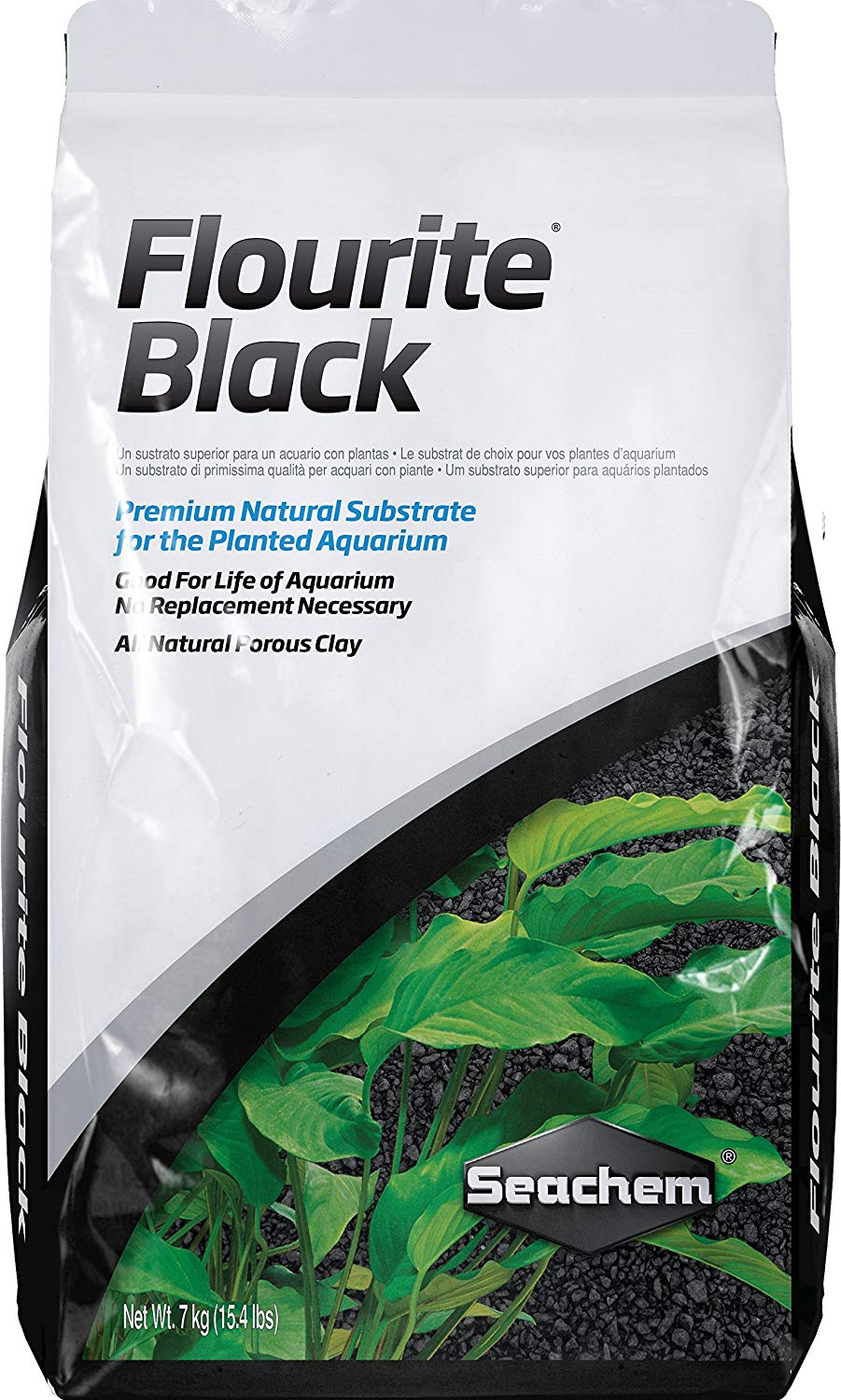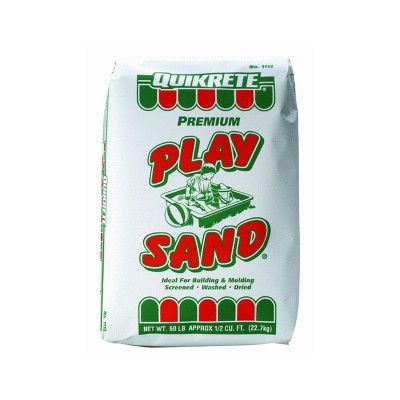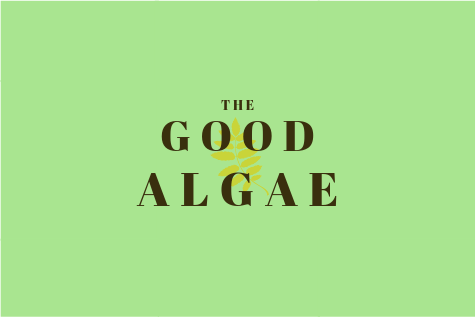
A substrate is the substance used to cover the bottom of the tank. Natural substrates and ready made substrates with essential nutrients can be used. The substrate not only provides good aesthetic to the aquarium but it also hosts beneficial bacteria that help with the nitrogen cycle. Plants can let their roots grow into substrate so they can absorb nutrients and stand firmly rather than float on water. Also, some fish lay eggs in the substrate to keep their eggs safe. So as you can see, the substrate serves many purposes. But what are the different types of substrate for aquariums?
Here are the types of substrate for aquarium use…
Pebbles
This is the largest type of substrate that can be used. Pebbles are available in sizes from about 6mm up to 60mm and up. They are made from different materials such as glass, quarts, river rock and even plastic that glows in the dark. Any substance that does not impact water quality can be used to make pebbles.
Gravel
Gravel are generally small sized pebbles that measure from about 2mm to 5mm and have a similar appearance to pebbles. Gravel can also be made from different materials and this allows the achievement for various substrate designs.
Sand

Play Sand used in an aquarium has the same look and feel as beach sand. There are various grain sized of sand available in stores, ranging from fine to coarse. Sand may also come in many colors, although, natural colored sand seem to be the most popular type of substrate for aquariums as it is natural.
Soil
Soil is used sometimes but it isn’t recommended unless capped with sand or another type of substrate to prevent the soil mixing with the water creating muddy water. This makes the aquarium dirty, stresses the fish and looks terrible. However, there is special substrate soil that is available in fish stores. At times, they are formulated to prevent the soil from mixing with the water and they also contain essential nutrients required for plants to grow well.
Not just any soil
Although most of the substrate materials mentioned above like soil and pebbles can be found easily in someone’s backyard, it is best to avoid using these products on your own accord. The best thing for an aquarium substrate is store-bought materials. this is to ensure the safety of the fish and the maintenance of the water quality.
Eco complete planted black aquarium substrate
Eco complete substrate provides all the nutrients that aquatic plants need without the addition of any other fertilizers or substrates. It enhances root development and contains contains iron, calcium, magnesium, sulfur, potassium and about 25 other beneficial elements. Eco complete is also very well priced for the amount.
Flourite Black

Flourite Black substrate isn’t treated with any chemicals and it has no harmful substances that will affect the tank quality. It will maintain the tank’s pH level without affecting water quality.
Fluval Plant and Shrimp Stratum
In case a tank contains fish, plants and shrimp then this is the right substrate to use. It is made from mineral-rich organic volcano soil which is a natural material. This substrate also promotes root system development and improves plant growth. The size of the particles allows baby shrimp to hide in between them until they’re old enough to come outside.
Conclusion
There are many more types of substrate for aquarium available in the market. Understand that you can mix and match these substrates both for purpose and aesthetics. A lot of research should be done before purchasing because substrate is one of the hardest components of an aquarium to change, fix, and style, once it has been set.


